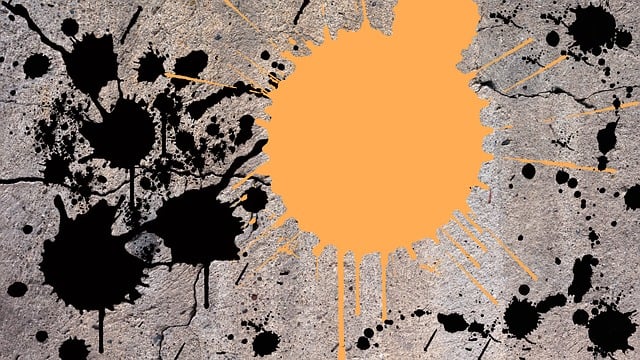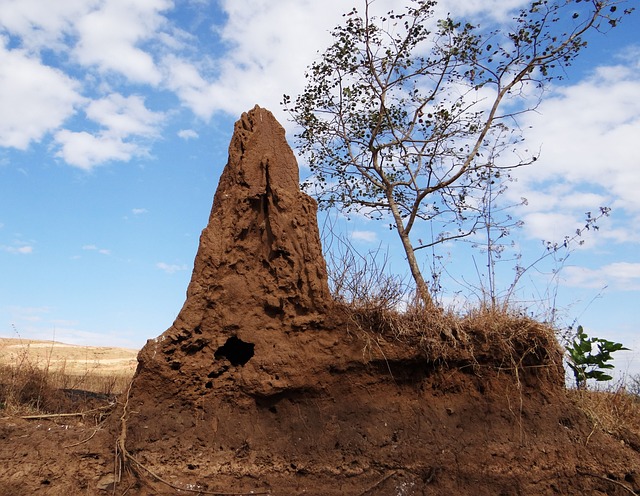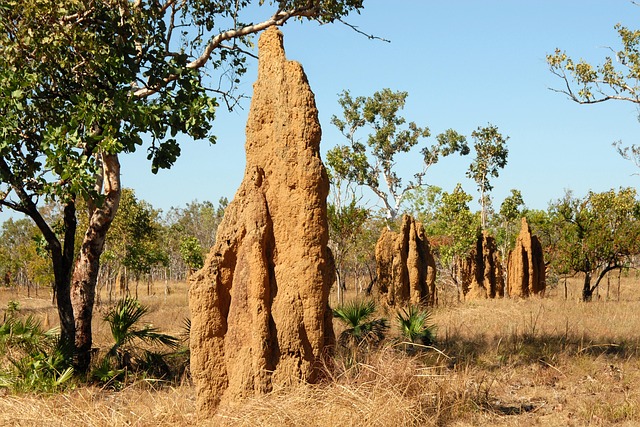Termites, known as "silent destroyers," pose a significant global threat due to their appetite for cellulose-rich materials and military-like colony structure. Early detection is crucial to prevent extensive structural damage. Certified professionals employ meticulous inspections to identify infestation extent and apply advanced termiticides through localized or barrier treatments. Regular monitoring and follow-up inspections are vital for long-term protection, addressing new termite activity swiftly. While termites can cause substantial harm, they also serve an essential ecological role as decomposers, enhancing soil fertility and providing habitats for various organisms. Effective termite treatment methods, including bait systems, chemical applications, and heat treatments, ensure property protection while minimizing environmental impact. Recognizing early signs like visible wood damage, discarded wings, or insect swarms is critical for timely intervention.
Fast Termite Treatment: A Comprehensive Guide to Rapid and Effective Control
Termites, often referredred to as the “silent destroyers,” pose a significant threat to structures worldwide. Understanding their behavior, identifying signs of infestation early, and employing effective treatment strategies are crucial for minimizing damage. This comprehensive guide delves into the world of termite control, covering everything from natural prevention methods to fast-acting chemical treatments. We explore targeted interventions, whole-structure approaches, and post-treatment care, empowering homeowners and professionals alike to combat this invisible menace.
# Fast Termite Treatment: A Comprehensive Guide to Rapid and Effective Control

Fast Termite Treatment: A Comprehensive Guide to Rapid and Effective Control
When it comes to termite treatment, speed is crucial for minimizing damage to your property. The first step in any effective termite control plan is identifying the extent of the infestation. This involves a thorough inspection by certified professionals who can pinpoint active termite activity, their entry points, and potential nest locations. Modern technology, such as termiticides with advanced formulas and targeted application methods, enables fast and precise treatment.
Once the source of the problem is located, immediate action must be taken to eradicate the termites and prevent future infestations. Professional exterminators employ a range of techniques, including localized treatments (e.g., foam or liquid termiticides) and barrier treatments (e.g., trench and wall applications), tailored to the specific needs of your property. Regular monitoring and follow-up inspections are essential components of a successful long-term termite treatment strategy, ensuring that any new activity is promptly addressed for optimal protection.
<section id="understanding-termites–the-invisible-threat“>
Understanding Termites: The Invisible Threat

Termites, often referred to as “silent destroyers,” pose a significant threat to structures and properties worldwide. These insects, despite their small size, can cause immense damage by feeding on cellulose-rich materials, such as wood, paper, and even cardboard. Their colonies, which can number in the thousands, operate with military-like precision, making them hard to detect until substantial structural harm has been done. Termite treatment becomes crucial for homeowners and property managers alike to safeguard their investments from this invisible menace.
Early detection is key when it comes to effective termite treatment. Regular inspections by professionals can help identify signs of an infestation before they lead to severe damage. Once detected, various methods can be employed, including chemical treatments, bait systems, and heat or cold therapy, each designed to disrupt the colony’s life cycle. Timely intervention ensures that properties remain protected, minimizing costs and maximizing structural integrity.
– Delve into the behavior, species, and damage caused by termites.

Termites are social insects that live in colonies, with each colony consisting of a king and queen, nymphs (unmated females), and workers. They are known for their ability to cause significant structural damage to buildings and other wooden structures. There are over 3,000 species worldwide, with the most common being the eastern subterranean termite and the Formosan termite. These pests feed on cellulose-rich materials, making wood and paper products prime targets.
The damage caused by termites can be devastating. They chew through wood, insulation, and even concrete, creating tunnels and chambers as they go. This burrowing behavior not only weakens structures but also makes it difficult to detect their presence until extensive damage has occurred. Regular inspections and prompt Termite Treatment are essential to protect homes and businesses from these destructive pests.
– Highlight their role as wood destructors in various ecosystems.

Termites, often overlooked, play a paradoxical role in various ecosystems. While they are renowned for their ability to inflict significant damage on wooden structures and infrastructure, particularly through rapid and insidious termite treatment processes, they also contribute to ecological balance. These insects are essential decomposers, breaking down wood and other plant matter, which enriches soil fertility and facilitates the recycling of nutrients back into the ecosystem.
In natural settings, termites help maintain the health of forests and woodlands by accelerating the decomposition of fallen trees and branches. This process not only prevents the accumulation of dead wood but also provides habitat and food sources for numerous other organisms, from fungi and bacteria to birds and small mammals. Thus, despite their destructive reputation, termites are integral to the complex web of life that sustains healthy ecosystems.
– Explain why they pose a significant risk to structures.

Termites are often overlooked as silent destroyers, but their relentless feeding habits can pose a significant risk to structures, both residential and commercial. These tiny insects have the potential to cause immense damage over time, as they chew through wood, paper, and other cellulose-based materials that make up many building components. Their ability to remain hidden within walls, floors, and structural beams means that infestations can go unnoticed until severe structural compromise occurs.
Effective Termite Treatment is crucial for mitigating this risk. Early detection is key; regular inspections by professionals can identify signs of termite activity before they cause extensive harm. Once an infestation is confirmed, prompt action is essential. Modern termite treatment methods offer targeted and environmentally conscious solutions, including baiting systems, chemical applications, and heat treatments. These advanced techniques ensure that the problem is eliminated while minimizing potential impacts on non-target organisms and the environment.
<section id="signs-of-a-termite-infestation“>
Signs of a Termite Infestation

Recognizing the early signs of a termite infestation is crucial for effective Termite Treatment. While termites are often hidden behind walls and floors, their presence can be indicated by several subtle cues. One of the most common indicators is visible damage to wooden structures, such as floorboards, doors, or furniture. Look out for flattened or chewed-looking wood, which could be a result of termite activity.
Another key sign is the appearance of small piles of discarded termite wings around your home. Termites shed their wings after mating, and these wings are typically left behind in clusters near entry points or areas where they have been active. Additionally, swarms of small insects inside or outside your property during spring or summer might indicate an established colony nearby, requiring immediate Termite Treatment.
